To save the patient's life, E Hospital urgently activated the "red alert" procedure for the entire hospital, mobilizing doctors from many specialties such as cardiology, emergency, and intensive care to coordinate consultation and timely treatment. After many days of intensive treatment, the patient has now overcome the critical stage, been weaned off the ventilator, and is gradually recovering consciousness.
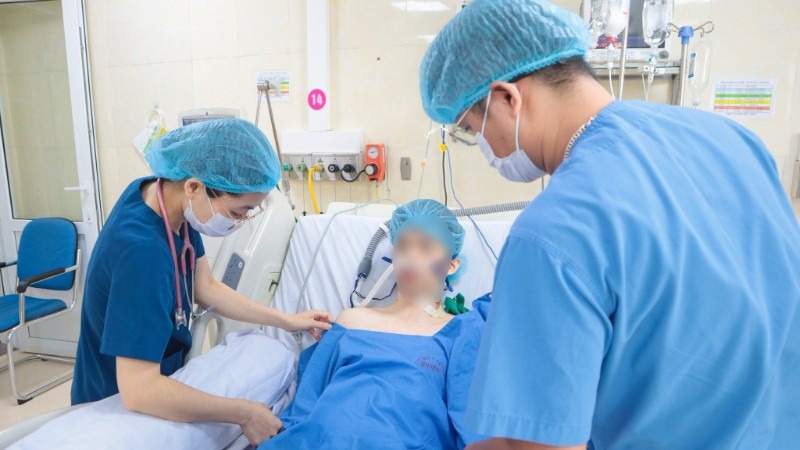 |
| The patient is being treated at a medical facility. |
According to the medical records, on July 29, 2025, while working out at the gym, the patient suddenly collapsed and lost consciousness. Gym staff performed CPR and called 115 for emergency help.
About 15 minutes later, the emergency team arrived, continued CPR, and performed three electric shocks to defibrillate the heart. Fortunately, the patient's heartbeat returned. The patient was quickly transferred to the Emergency Department, Hospital E at 2:50 p.m. the same day.
As soon as receiving information from the 115 emergency team, E Hospital activated the "red alert" procedure with the participation of emergency, cardiovascular, and intensive care specialists, all gathered at the Emergency Department to be ready to receive patients.
Upon admission, the patient was in a deep coma with a Glasgow Coma Scale score of only 5 points and dilated pupils. The patient was intubated for mechanical ventilation, given sedatives, anti-cerebral edema drugs, and then transferred to the Internal Medicine Intensive Care and Anti-Poison Department for further treatment.
Dr. Nguyen Thi Ly, working at the Department of Internal Medicine Intensive Care and Anti-Poison, said that the patient's condition was very serious at that time, with a poor prognosis. Doctors prescribed hypothermia to protect brain function and improve life expectancy.
During the entire treatment, the patient remained comatose and on a ventilator, closely monitored according to the hypothermia protocol. Three days after the end of the treatment, the patient's consciousness began to improve, no longer required vasopressors, could breathe on his own, and the endotracheal tube was removed.
“Witnessing the patient’s recovery day by day, all the doctors and nurses in the department are very touched and happy. This is the greatest reward for those who care for and treat patients,” Dr. Ly shared.
Explaining the hypothermia technique, Dr. Ly said that this is a method of using cooling equipment and techniques to maintain the patient's body temperature between 32 and 36 degrees Celsius, depending on each case.
This technique helps reduce cell metabolism, limit brain damage, reduce edema, inhibit inflammation and prevent oxidants from damaging brain cells and other organs.
However, for this method to be most effective, on-site CPR needs to be performed quickly and accurately. In this case, the patient was fortunate to receive timely CPR and cardiopulmonary resuscitation at the scene, so the possibility of recovery was better.
Dr. Vu Van Ba, working at the Department of Adult Cardiology, Cardiovascular Center, E Hospital, is one of the doctors participating in the consultation. He determined that the patient may have a dangerous ventricular arrhythmia leading to sudden cardiac arrest.
One of the common causes in young men is idiopathic ventricular fibrillation. This is a type of arrhythmia that occurs when a patient has cardiac arrest without any obvious damage to the heart structure, coronary artery disease or metabolism after a full set of tests and diagnostic imaging.
Although called “idiopathic,” modern medicine has identified many underlying mechanisms and factors associated with this condition.
Dr. Vu Van Ba also added that some dangerous arrhythmias do not have obvious clinical manifestations but can be the cause of cardiac arrest, including Brugada syndrome, long QT syndrome, early repolarization syndrome or right ventricular cardiomyopathy.
These diseases are mainly related to genetic abnormalities and can only be detected early through cardiovascular screening.
Regarding further treatment, after passing the dangerous stage, the patient will continue to be examined to detect abnormalities related to the cardiovascular, neurological or metabolic systems.
It is expected that before discharge, the patient will be prescribed an implantable cardioverter defibrillator (ICD) to prevent the risk of sudden death due to idiopathic ventricular fibrillation.
Doctors advise that sudden cardiac arrest can occur at any age and in both sexes. Exercise is necessary, but it must be done in accordance with the physical condition, age and personal health.
Do not over-exercise, maintain a healthy lifestyle, avoid mental stress and have a proper diet.
In particular, when there are unusual symptoms such as chest pain lasting more than 10 to 15 minutes, a feeling of pain causing difficulty breathing, you should immediately go to a medical facility with a cardiovascular specialist such as E Hospital for timely examination and treatment.
Source: https://baodautu.vn/cuu-song-benh-nhan-ngung-tim-khi-dang-tap-gym-d349176.html





![[Photo] Prime Minister Pham Minh Chinh received Mr. Yamamoto Ichita, Governor of Gunma Province (Japan)](https://vphoto.vietnam.vn/thumb/1200x675/vietnam/resource/IMAGE/2025/10/21/1761032833411_dsc-8867-jpg.webp)
![[Photo] Da Nang residents "hunt for photos" of big waves at the mouth of the Han River](https://vphoto.vietnam.vn/thumb/1200x675/vietnam/resource/IMAGE/2025/10/21/1761043632309_ndo_br_11-jpg.webp)



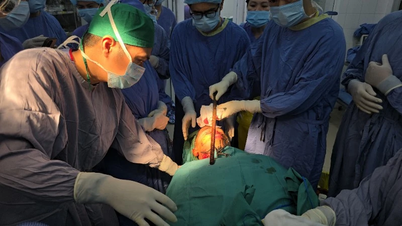


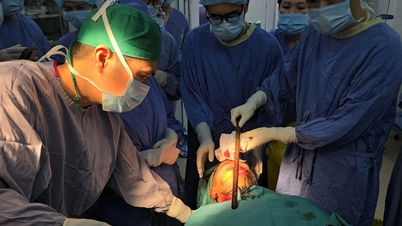

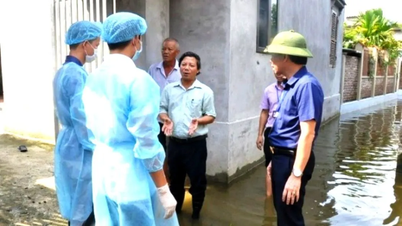







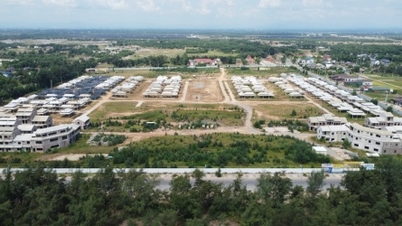




![[Photo] Prime Minister Pham Minh Chinh meets with Speaker of the Hungarian National Assembly Kover Laszlo](https://vphoto.vietnam.vn/thumb/1200x675/vietnam/resource/IMAGE/2025/10/20/1760970413415_dsc-8111-jpg.webp)
















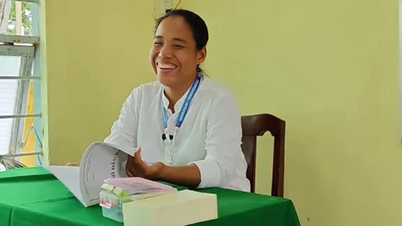























































Comment (0)